Your cart is currently empty!
Wireless Networks And School Grades, Best If Taken One At A Time
With 5G networks on the horizon, it’s sometimes easy to overlook the 3G and 4G networks that are still being deployed, optimized and utilized all over the world. Networks are kind of like grades in school. If you’re smart enough, you can skip a grade but that doesn’t mean you’re instantly as smart as the older class you’ve leaped into. I thought it would be timely to review a checklist of must-have features for anyone in the drive test or wireless network deployment industries.
If you’re smart enough, you can skip a grade but that doesn’t mean you’re instantly as smart as the older class you’ve leaped into.
When setting up or testing a tower or wireless base station in an area where coverage is high and the network is operational, finding a test signal isn’t usually a problem. But site selection in remote areas, installation and testing of wireless equipment in locations where there is no signal from the network presents special challenges.
During the site selection process, choosing the wrong location can result in sub-optimal signal performance and penetration. Features such as landscape topography and existing radio transmitters can cause interference, so drive testing the area with a wireless receiver is essential.
Remote areas may not have a strong enough signal to test newly installed or malfunctioning equipment due to distance or radio interference. Large-scale natural disasters such as hurricanes, wildfires, long-term power outages and major earthquakes can knock out the network even in populated areas.
All of these situations have the same solution. Technicians need a portable transmitter system that can broadcast test signals. The transmitter ideally should have the following features:
- Be capable of transmitting on all frequencies, channels and modulation the tower or base station has or will have. Cell towers and WiFi base stations can transmit on several frequencies simultaneously.
- Multiple bands to speed up testing times. A dual or multi-band transmitter can cut drive test times in half.
- Remote control capability. This means the operator does not need to be present to control the device. It allows a technician or aid to give commands to the transmitter and change settings while drive testing or away from the unit.
- Battery power (or backup) so the transmitter retains its settings in case of a power loss.
- Water-resistant and ruggedized for dependable operation in the field.
- Adjustable power output.
Berkeley Varitronics Systems (BVS) designs and manufactures innovative RF analysis and wireless threat detection tools for businesses and government. Check out our website for a variety of high power stimulus transmitters and portable drive-study receiver solutions. Whether you are completing your 4G network or planning to begin 5G, BVS has a solution available.

Scott Schober
CEO | Author | Speaker at Berkeley Varitronics Systems
Scott Schober presents at cybersecurity and wireless security conferences for banking, insurance, transportation, construction, telecommunications and law enforcement industries. He has overseen the development of dozens of wireless test, security, safety and cybersecurity products used to enforce a “no cell phone policy” in correctional, law enforcement, and secured government facilities. Scott regularly appears on network news programs including Fox, Bloomberg, Good Morning America, CNN, MSNBC, NPR and many more. He is the author of 'Senior Cyber', 'Cybersecurity is Everybody's Business' and 'Hacked Again', the “original hacker’s dictionary for small business owners” - Forbes Magazine.
Our Newsletter
Lorem ipsum dolor sit amet, consectetur adipiscing elit. Aliquam mattis ligula vitae leo scelerisque, sit amet feugiat ex venenatis.
"*" indicates required fields
Latest Posts
Our Best Sellers
How can we help?
Lorem ipsum dolor sit amet, consectetur adipiscing elit. Nunc dictum aliquet justo sit amet consectetur. In tempor lobortis ante vitae ornare. Praesent feugiat magna at tempor consequat. Aenean in iaculis libero, aliquam imperdiet mi.




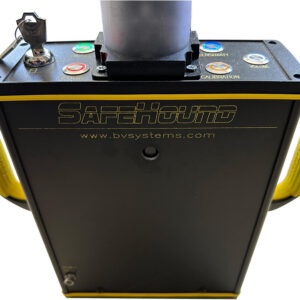
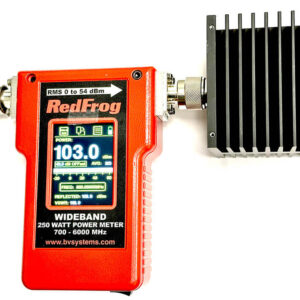
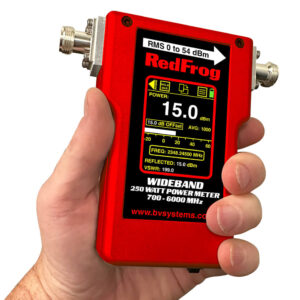

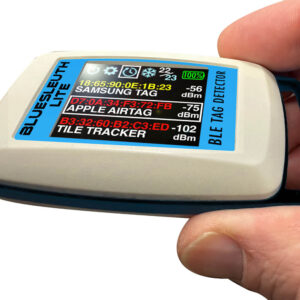
Leave a Reply